Rome's Legions: All-Conquering? Invincible? Think Again!Think of Rome's armies and you'll probably conjure up an image of the typical 1st century AD legionary. In that era, the empire was bold, brash, burgeoning and seemingly unstoppable. The iconic lorica segmentata (segmented armour vest) symbolised the empire's military might and technical superiority. But Rome's dominance was not to last . . . Travel forward some three hundred years to the late 4th century AD. The Pax Romana was over and imperial invincibility gone with it. The empire existed as two halves; the East and the West. Both halves were subject to an immense inward pressure from the people Rome once called barbarians. Now with armies equal to the once invincible legions, these peoples amassed along the outer provinces of the imperium, pressed by a massive population shift from the Far East known as the Great Migration. Goths, Alans, Vandals, Franks and Huns ravaged the Rhine and Danube frontiers, while the Sassanid Persian Empire pressed upon the weakened eastern borders. Thus, the empire had to think defensively for the first time in centuries, forced to abandon territorial expansion and instead define permanent limes (borders) and defend for their lives. Organisation & NumbersIn support of the new border system, Emperor Diocletian and latterly Emperor Constantine (the Great) reformed the army into two broad categories. The comitatenses were the equivalents of the legions of old. They were the mobile crack troops, shifting to meet barbarian threats where they penetrated the limes. The limitanei legions were the poor relations, paid, armoured and armed relatively minimally to man the limes. They garrisoned the patchwork of hastily constructed or old, crumbling forts, watchtowers and walls on the edges of the empire, waiting and watching the mists of the lost lands beyond, knowing the next mass invasion was not a matter of if, but when. Sometimes, when numbers in the comitatenses were short, vexillations of limitanei would be detached from their parent legion and sent to serve as pseudocomitatenses. Comitatenses and limitanei legions alike were vastly smaller than their counterparts from the 1st century AD. Back then, a legion numbered up to 6,000 men. In the 4th century AD, this had been vastly reduced, to 2,000 and in many cases significantly less. Smaller units meant greater flexibility and mobility. This need for rapid response also led to an increase in the number of cavalry serving in the Roman army. Equites Sagitarii became commonplace, particularly in the Eastern Empire. These swift, nimble archer cavalry could perform scouting duties and harass invaders without engaging in close combat. With master archers such as the Huns and the Sassanid Persians growing ever stronger, archery became more and more important to the empire. Indeed, in the 370s, Emperor Valens issued an edict for all legionaries to be trained in the art of the bow. Rome's armies had always evolved & adapted to stay strong and one step ahead of her enemies. Now, they were struggling just to keep up with them. Armour, Weapons & EquipmentAs the core of the Roman army, the comitatenses were afforded the finest kit straight from the imperial fabricae (arms factories). They were most commonly armoured in lorica squamata (scale vests) and intercisa helms - the popular style of the time (see image, below). Arms-wise, the gladius had been replaced by longer spatha, a slashing sword previously favoured by the cavalry. That said, the primary weapon was not the sword, but the contus - a lengthy spear, probably a testament to the more defensive nature of the Roman army as a whole. And gone too was the pilum. This famous javelin had been replaced by the fierce, triangular-headed spiculumand smaller, lead-weighted darts known as plumbatae. Three to five of these deadly, accurate and long-ranged missiles were clipped to the rear of every oval legionary shield, ready to be drawn and hurled into approaching enemy masses. A limitaneus would enjoy only a fraction of a comitatensis' wage, and he would be afforded the cheaper lorica hamata (mail vest) along with an intercisa helm, spatha, contus, shield and plumbatae . . . if there were any supplies left in the fabricae after the comitatenses had been equipped! Note that, contrary to Vegetius' statement that suggested the later legions went unarmoured, the Notitia Dignitatum confirms that the imperial fabricae were producing these armoured vests as standard at the end of the 4th century AD. And there's so much more...The above gives a (hopefully enjoyable) glimpse into Rome's later legions. Snippets of detail like this were enough to hook me utterly and completely on this era. Indeed, the writing of my Legionary series allowed me to indulge and immerse myself completely in those tumultuous last days of the empire. Now, imagine yourself as one of the bedraggled limitanei legionaries, gazing out over the mists of the Danube to the dark woods on the far bank - the realm of the Goths. Then a war horn keens through the forests. A guttural cry is echoed by many thousands more. The ground quakes and a dark horde rushes into view. Would you stand firm with your comrades - to fight and die for the empire? Thanks for reading! If you would like to find out more about the later Roman army, I'd thoroughly recommend the following books:
0 Comments
Leave a Reply. |
AuthorGordon Doherty: writer, history fan, explorer. My Latest BookArchives
March 2023
Categories |
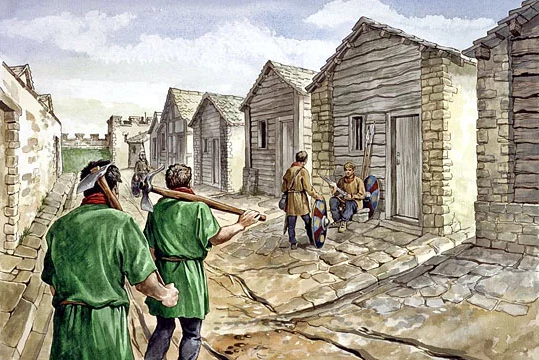

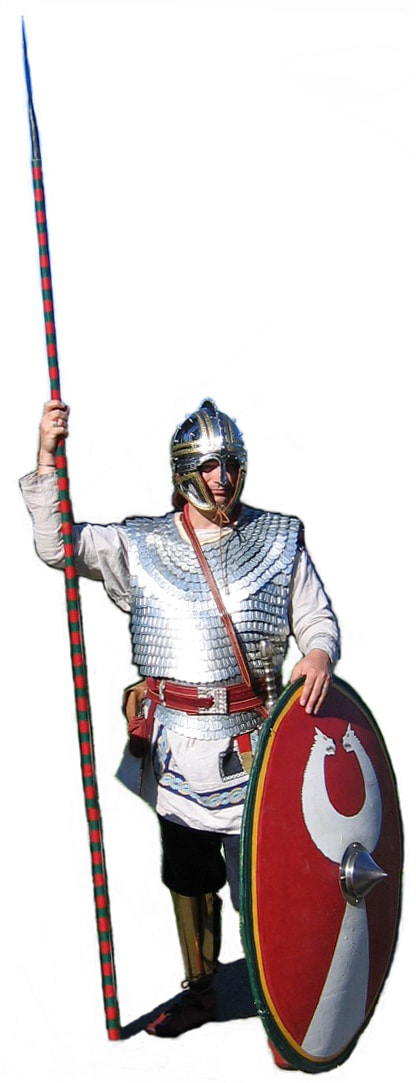
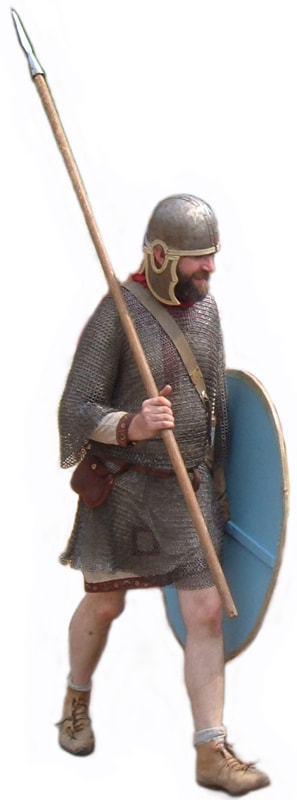
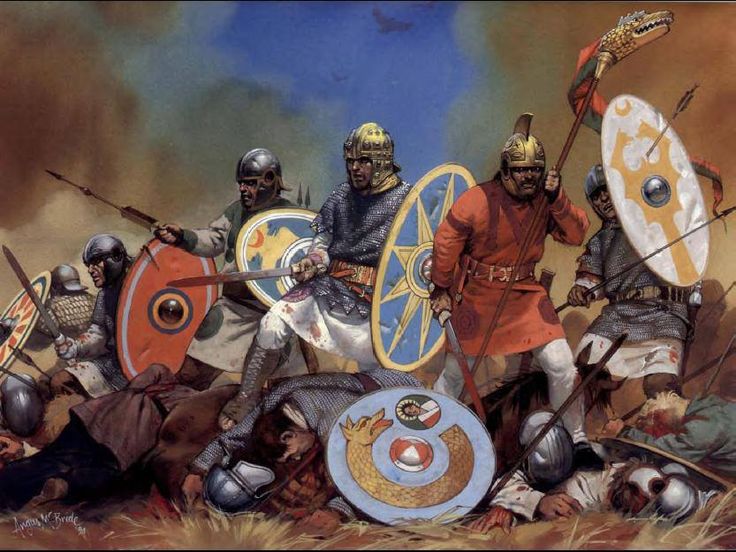
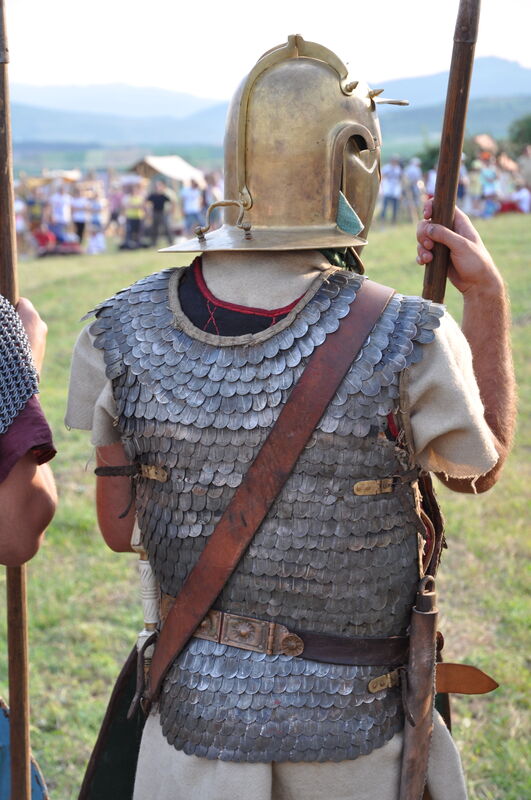
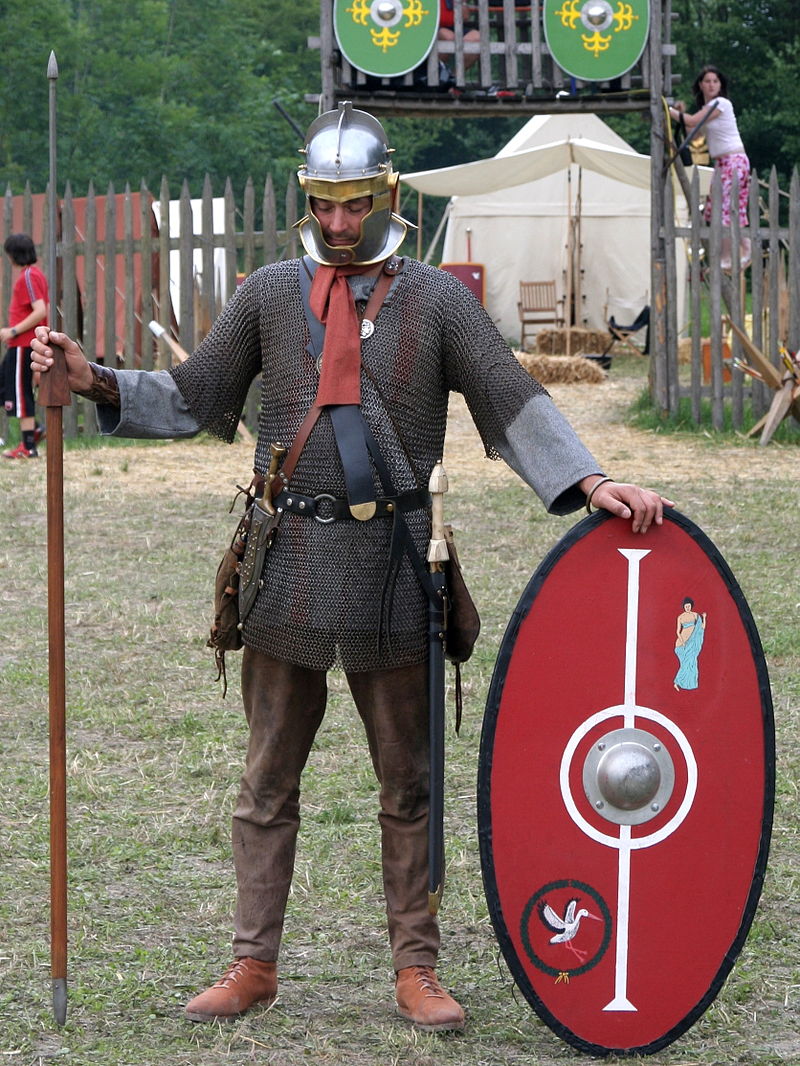



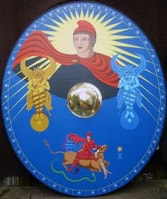
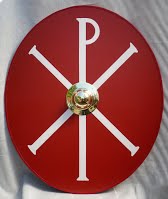
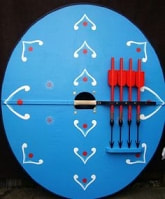

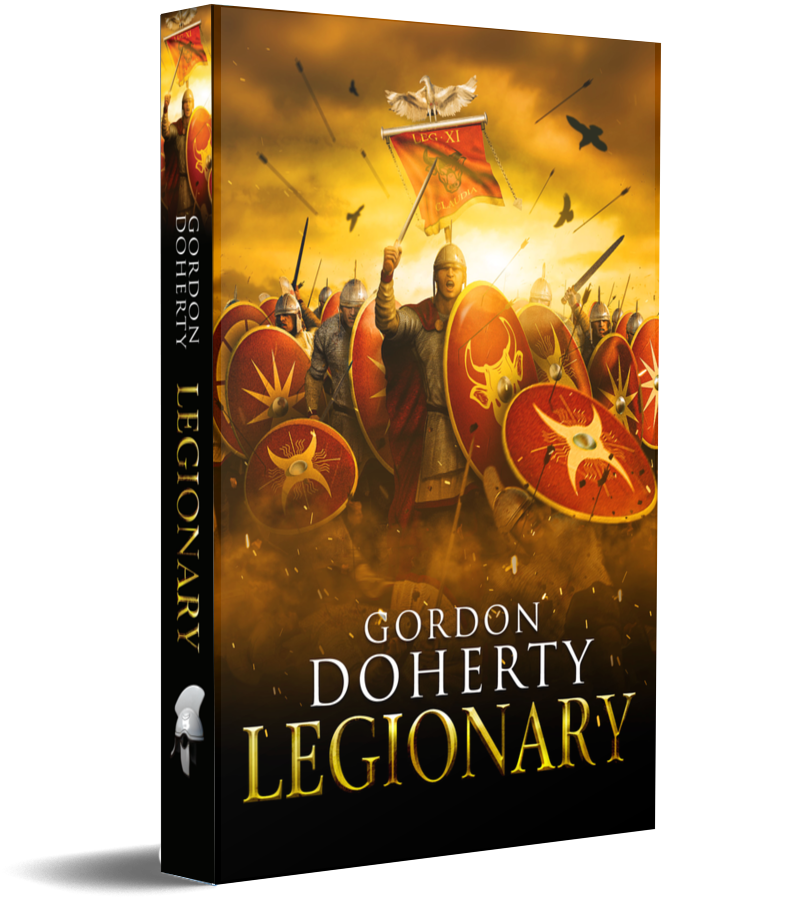

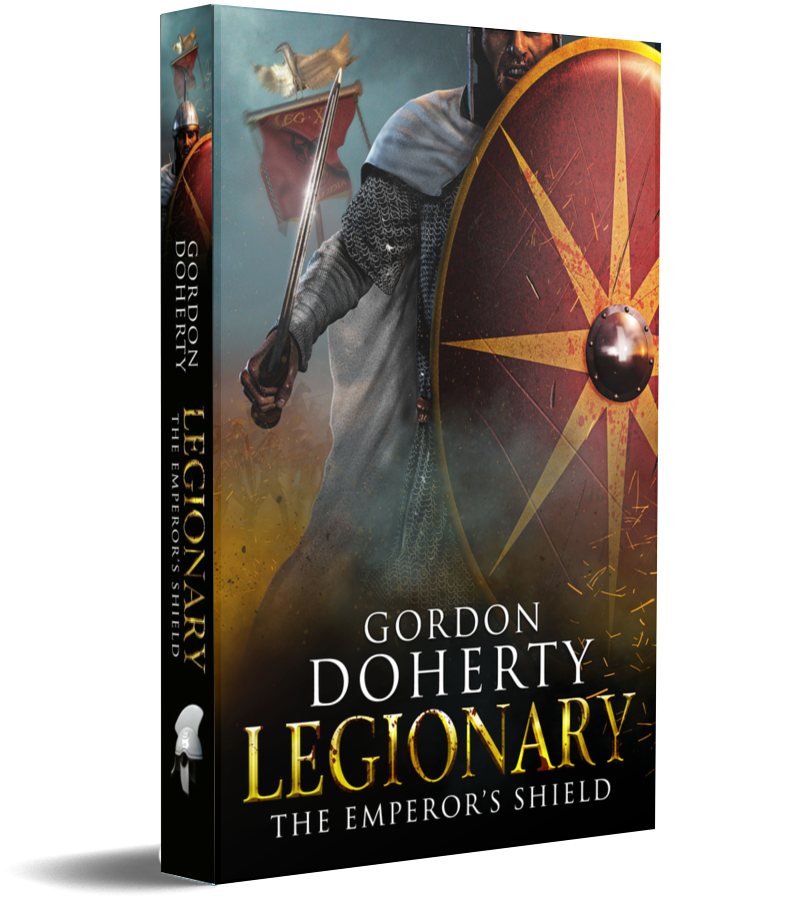
 RSS Feed
RSS Feed